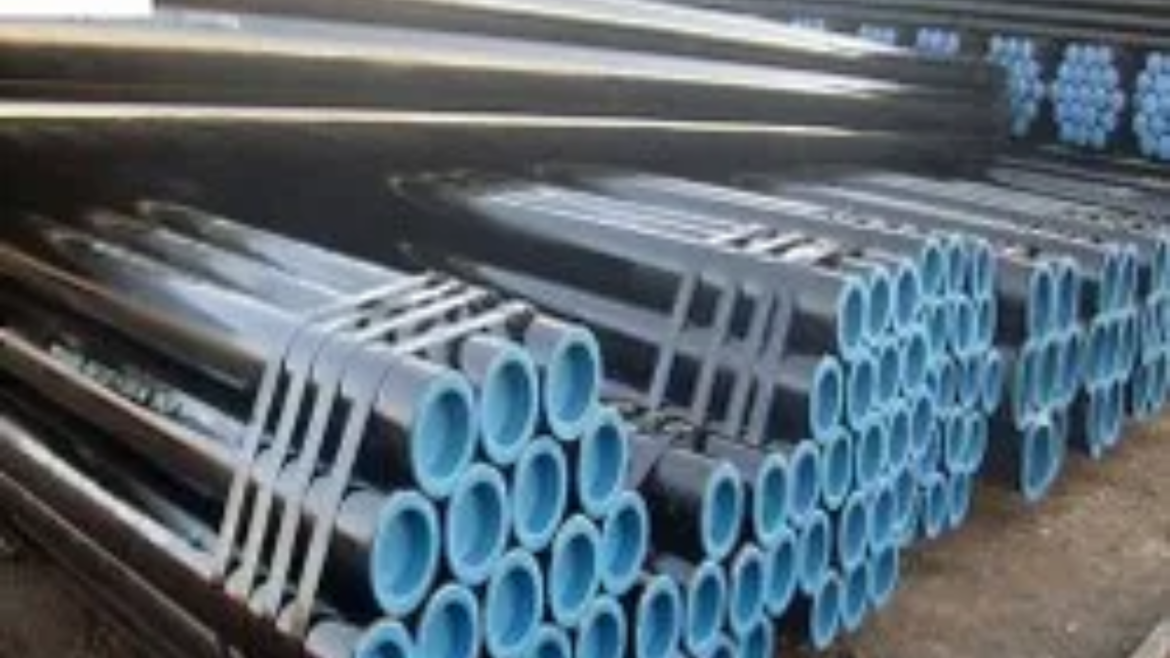In structural and mechanical engineering, selecting appropriate materials holds paramount importance to guarantee durability, reliability, and safety. Among the widely acknowledged and extensively utilized materials in the construction industry stands ASTM A53. ASTM A53, developed by the American Society for Testing and Materials (ASTM), establishes guidelines for seamless and welded steel pipes utilized across various applications. This specification encompasses various grades, types, and dimensions of pipes to accommodate a wide range of industrial needs. And one of them is astm a53 grade b. This article is a brief guide to tell you what astm a53 grade b is and its benefits and applications.
ASTM A53
ASTM A53 stands out as a highly utilized material standard for steel pipes in industries like Oil and Gas and other processing sectors. Among its grades, Grade B of ASTM A 53 enjoys particular popularity. These pipes are available in various forms: bare pipes without any coating, or they may undergo Hot-Dipped or Zinc-Coated treatments, manufactured through either welding or a seamless production process
Specifications of ASTM A53 grade b
Specification of the ASTM A53 Grade B Carbon Steel Pipes are the following:
- These standardized pipes are characterized by their exceptional strength and durability, attributed to their construction from carbon steel material boasting a minimum yield strength of 35 ksi (240 MPa).
- They are well-suited for a wide range of medium-pressure applications, provided that pressure ratings do not exceed 800 psi (5472 kPa).
- ASTM A53 GR B Carbon Steel Pipes exhibit impressive corrosion resistance, facilitated by their galvanized coating or other protective coatings such as epoxy or enamel, depending on the specific environmental conditions or requirements of the application.
Types of ASTM A53 Grade B
There are two main types of it
ASTM A53 Grade B Type E
E refers to Electric Resistance Welded Pipe. The longitudinal joint of Type E Grade B pipes is welded by the heat generated through electric resistance between the pipe’s opposing ends. The weld seam of ASTM A53 Grade B pipes undergoes heat treatment to a minimum of 540°C after welding.
ASTM A53 Grade B Type S
S denotes Seamless Pipe. These pipes are crafted using the extrusion method, where raw steel required for pipe construction is produced through processes such as an open-hearth furnace, an electric furnace, or a basic oxygen process.
Applications of ASTM A53 grade b
ASTM A53 Grade B Carbon Steel Pipes find application in a diverse array of contexts:
- Spanning from commercial plumbing installations to residential water distribution networks, you’ll see the benefits of ASTM A53 grade b everywhere
- They are equally well-suited for demanding industrial environments such as oil refineries and gas pipelines, where dependable performance under harsh conditions is imperative while adhering to stringent safety standards.
- They are suitable for use in irrigation systems, water storage tanks, and fire protection setups, in addition to various general engineering applications.
Why ATSM A53 grade b is beneficial?
The primary advantage of utilizing ASTM A53 GR B Carbon Steel Pipes lies in their exceptional performance in high-pressure applications, surpassing many other piping materials commonly used today. These pipes facilitate easy welding without the need for additional fittings or sealants. Furthermore, they exhibit excellent resistance, rendering them suitable for pipelines conveying hazardous liquids or gases, such as oil or natural gas, and for use in chemical processing plants exposed to hazardous substances. TUSPIPE has been supplying high-quality ASTM A53 grade b for a long time. Always choose a reliable company like TUSPIPE for purchasing pipelines.

